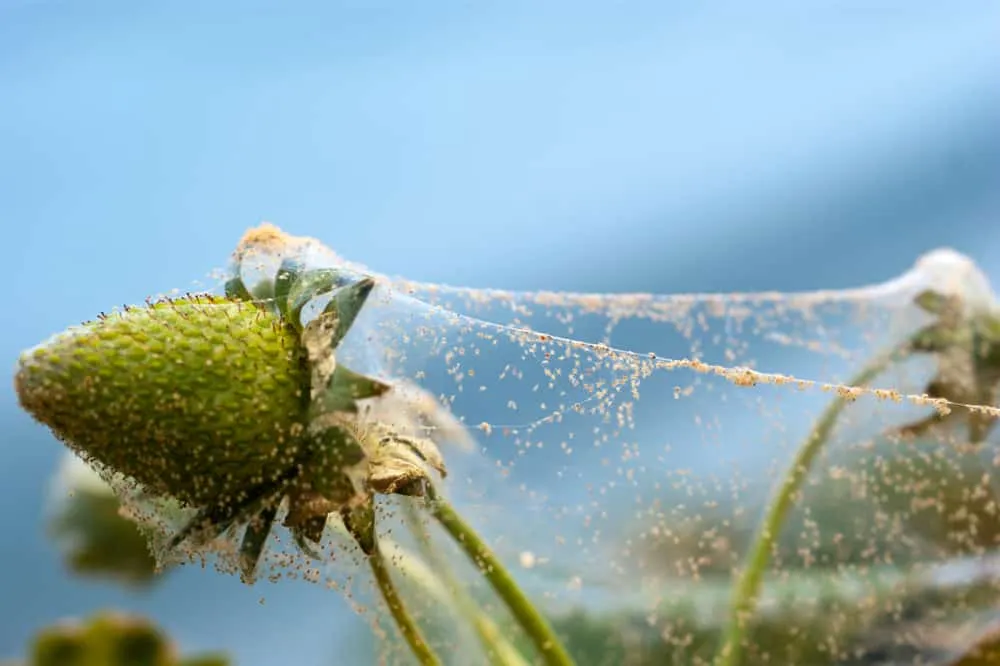What are Soil Mites?
Soil mites, also known as oribatid mites, are tiny arthropods that often inhabit the substrate of terrariums and enclosures. These minuscule creatures, usually measuring less than a millimeter, are detritivores, meaning they feed on decaying organic matter like leaf litter, fungi, and other decomposing materials. While they are a natural part of the ecosystem in a bioactive environment, they can pose a threat when they overpopulate, particularly in the confined space of a tarantula enclosure. Understanding what they are is the first step in controlling and preventing their potential issues.
Appearance and Identification
Identifying soil mites can be challenging due to their small size. They typically appear as small, white, tan, or brown specks moving around in the substrate. Using a magnifying glass or a close-up photograph can help you observe their physical characteristics, such as their eight legs and oval-shaped bodies. Distinguishing them from other tiny invertebrates is critical; beneficial springtails, for instance, are often mistaken for soil mites. Careful observation and comparison with images of soil mites can help you accurately identify them.
Habitat and Where They Thrive
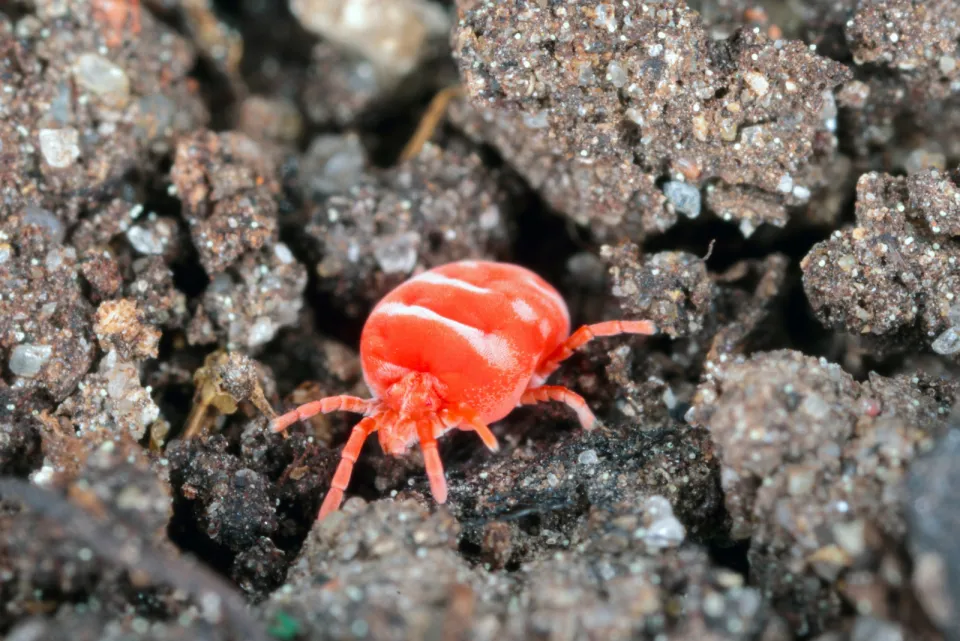
Soil mites thrive in humid, warm environments with plenty of organic matter. Tarantula enclosures, with their substrate and humidity, provide the perfect habitat. The presence of decaying food, old molts, and damp substrate can encourage their proliferation. Areas with poor ventilation and stagnant air further exacerbate their growth. Maintaining a clean and well-ventilated enclosure is key to preventing the creation of an ideal soil mite breeding ground. It is always important to maintain and examine your pet’s habitat.
Why Soil Mites Are a Problem for Tarantulas
While soil mites aren’t inherently parasitic, a large infestation can cause several problems for your tarantula. They can stress your pet by constantly crawling on them, leading to discomfort and irritation. In extreme cases, the mites can overwhelm the tarantula, making it difficult for it to molt. Moreover, a massive soil mite population indicates an unhealthy ecosystem, which can be detrimental to the tarantula’s overall well-being. They also compete with the tarantula for resources.
Health Risks to Tarantulas
Although soil mites are not direct parasites, they can indirectly impact your tarantula’s health. Large populations may cause irritation and stress, making the tarantula more susceptible to other health issues. Some tarantulas might experience difficulty molting if mites get under the old exoskeleton. Furthermore, the presence of soil mites often signifies underlying issues in the enclosure’s hygiene, such as mold or excessive humidity, which can directly harm the tarantula. Careful monitoring and maintaining optimal conditions are crucial for preventing these risks.
How to Spot Soil Mites on Your Tarantula
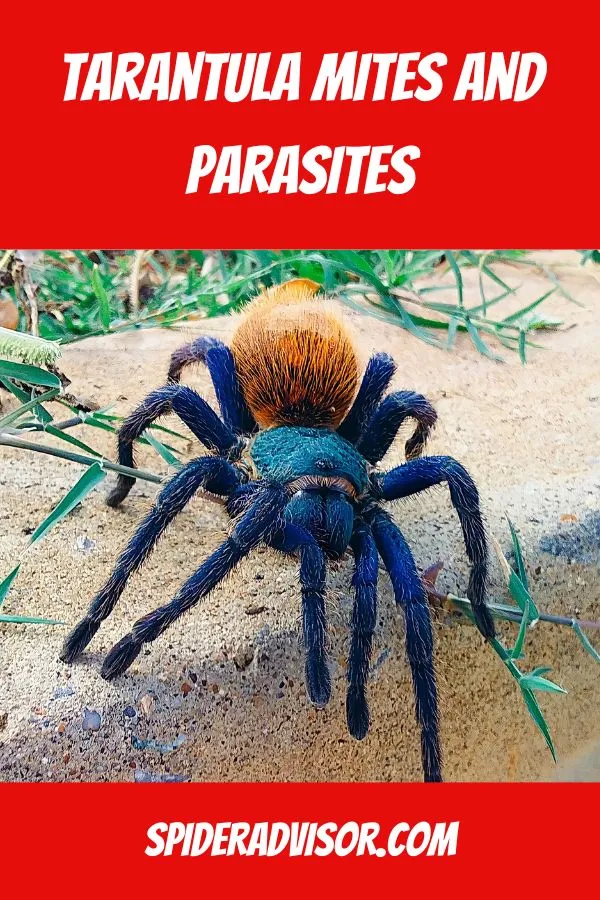
Detecting soil mites on your tarantula requires careful observation. Look for tiny, moving specks on the tarantula’s body, particularly around the legs, abdomen, and book lungs. These mites can be hard to see with the naked eye, so using a magnifying glass or taking close-up photos can help. Observing any changes in your tarantula’s behavior, such as increased scratching or restlessness, can also indicate a soil mite infestation. Early detection is crucial for effective treatment.
Signs of Infestation
Beyond seeing the mites themselves, several signs can suggest an infestation. Your tarantula might exhibit increased grooming behavior, such as constantly cleaning its legs or abdomen. Look for changes in its appetite, such as a decreased interest in food, or a change in its activity levels. Additionally, if you notice tiny white or brown specks moving around the substrate or on the tarantula’s molted exoskeleton, this can be a sign of soil mites. It is important to act quickly if you notice these issues.
Preventing Soil Mites in Your Tarantula Enclosure
Preventing soil mites involves several key steps. Maintaining a clean and well-ventilated enclosure is crucial. Regularly remove any uneaten food, old molts, and other organic debris, as these materials provide a food source for the mites. Using a substrate that is appropriate for the species and not overly moist is also important. Quarantine new tarantulas and any new substrate before introducing them to the established enclosure to prevent the introduction of mites.
Substrate Management
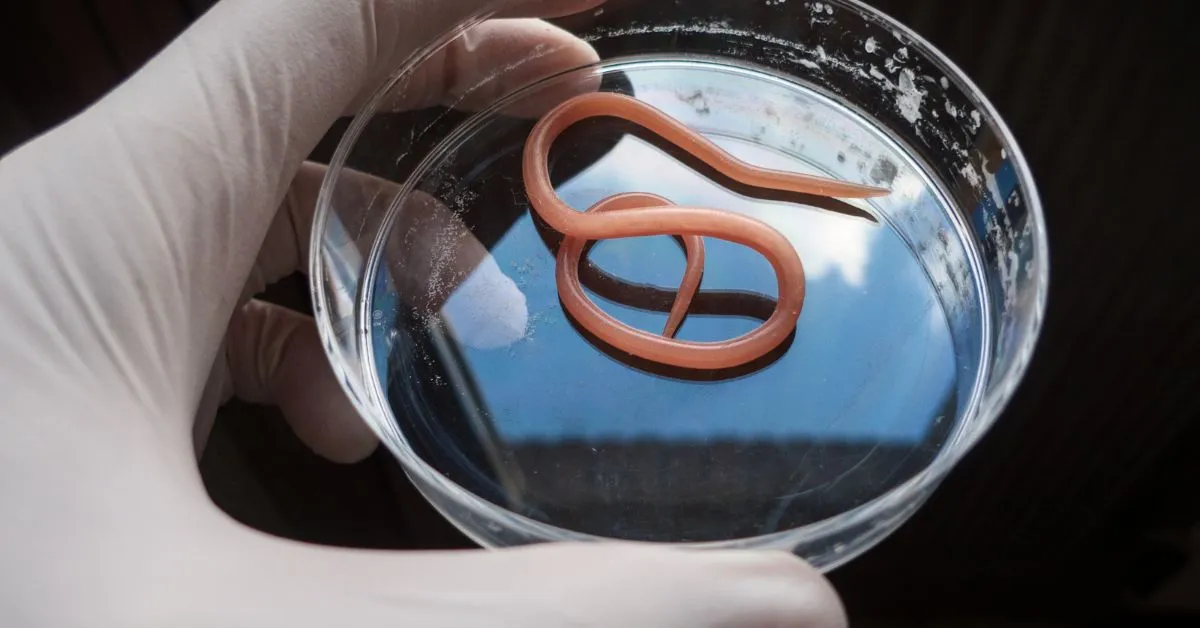
Proper substrate management is essential to prevent soil mites. Avoid overwatering the substrate, as excessive moisture promotes mite growth. Select substrates that drain well and do not retain too much humidity. Regularly inspect the substrate for signs of mold or excessive moisture, and replace the substrate if needed. Mixing in materials like sphagnum moss or coconut fiber can help regulate humidity levels, but ensure these are properly cleaned and treated before use to minimize the risk of introducing mites.
Quarantine New Tarantulas
Quarantining new tarantulas is a critical preventive measure. Before introducing a new tarantula to your established collection, place it in a separate, clean enclosure for several weeks. This allows you to monitor the tarantula for any signs of pests or diseases, including soil mites. Inspect the tarantula and the enclosure regularly and thoroughly for any signs of infestation during this time. This process prevents the possible introduction of soil mites and other unwanted pests into your existing setup.
Effective Treatments for Soil Mites
If you find soil mites, several treatments can help. A complete substrate change is often the first step. Thoroughly clean and disinfect the enclosure, including all decorations and the enclosure itself. Some keepers recommend using diatomaceous earth, a non-toxic powder that dehydrates insects, but ensure it is food-grade and applied sparingly. Another option is to introduce beneficial organisms, such as predatory mites, that feed on soil mites. Always research and test any treatment method before applying it to the entire enclosure.
Cleaning and Disinfecting the Enclosure
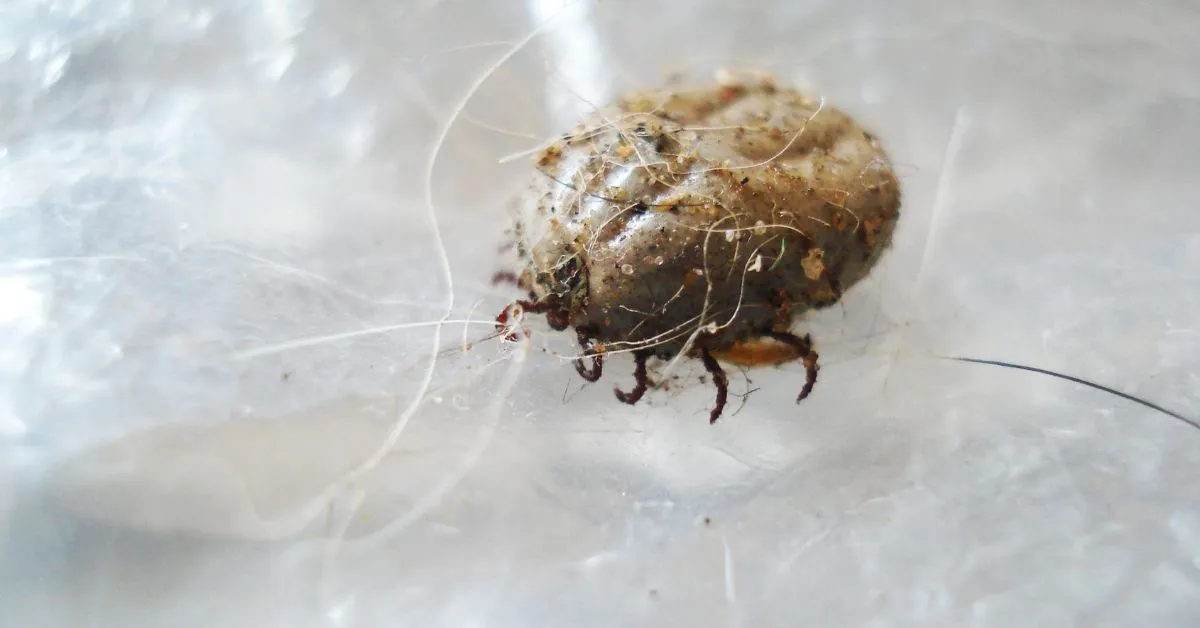
Thorough cleaning and disinfection of the enclosure are crucial steps in eliminating soil mites. Remove the tarantula and place it in a temporary, clean enclosure. Discard the old substrate and thoroughly clean all surfaces of the enclosure with a reptile-safe disinfectant. Rinse thoroughly and allow the enclosure to dry completely before reintroducing the tarantula and adding new substrate. This comprehensive cleaning helps remove mites and disrupt their habitat, preventing re-infestation. Regular cleaning is always a good idea!
Introducing Beneficial Organisms
Introducing beneficial organisms, such as predatory mites, is a biological control method for soil mites. These beneficial mites feed on soil mites, helping to control their population. However, this approach requires careful planning. Research the specific species of predatory mites and their suitability for your tarantula’s environment. Ensure that the environmental conditions, such as humidity and temperature, are suitable for both the tarantula and the beneficial mites. This method provides a natural way of maintaining a healthy ecosystem in the terrarium.
Maintaining a Healthy Tarantula Environment
Maintaining a healthy tarantula environment is the best long-term strategy for preventing soil mites. Regularly monitor the enclosure’s conditions, including humidity, temperature, and cleanliness. Remove any uneaten food and molts promptly. Choose a substrate appropriate for the tarantula species and maintain it at the correct moisture level. Provide adequate ventilation to prevent excessive humidity buildup. A healthy environment will naturally discourage soil mites and promote your tarantula’s well-being.
Regular Monitoring

Regularly inspecting your tarantula and its enclosure is key to early detection. Look for signs of soil mites, such as small, moving specks, or changes in your tarantula’s behavior. Check the substrate for excessive moisture, mold, or decaying organic matter. Monitor the humidity and temperature levels to ensure they are within the optimal range for the species. Regular monitoring allows you to catch any issues early and take prompt action, preventing potential problems and ensuring a healthy environment for your tarantula.
Proper Ventilation and Humidity Control
Proper ventilation and humidity control are crucial for preventing soil mites. Poor ventilation creates a humid environment that soil mites thrive in. Ensure the enclosure has adequate airflow, which can be achieved by providing cross-ventilation. Use a hygrometer to monitor humidity levels and adjust the ventilation or misting as needed. Maintaining the correct humidity level for your tarantula species is critical, as it will help prevent the growth of soil mites and other problems.
Final Thoughts
Dealing with soil mites in a tarantula enclosure requires a proactive and informed approach. By understanding what soil mites are, how to identify them, and how to prevent and treat infestations, you can create a healthy environment for your tarantula. Regular monitoring, proper substrate management, and maintaining optimal enclosure conditions are crucial to preventing problems. Implementing these best practices will ensure your pet’s well-being and provide a thriving habitat. Remember, prevention is always easier than cure. Regular and careful maintenance will help you and your pet.
